In 1996 I was working in Germany for a large pharmaceutical company. One of my areas of responsibility was the decision analysis process that determined the probability of success for the drugs we were developing. The goal of the exercise was to make a decision based on the certainty of a predicted outcome. Sound familiar? Back then things moved at a somewhat slower pace and we could accomplish our work before VUCA completely changed the conditions we were analyzing. Today, as business becomes less and less predictable, both leaders and employees have to learn how to operate within the dynamic of Uncertainty and Understanding.
Uncertainty ∞ Understanding
Uncertainty makes it hard to see how our actions will impact the challenges we face. A sense of vagueness about what we can and should do heightens any insecurity or fear we feel. Our temptation is to make a quick decision, hope for the best, and prepare for the inquisition that is sure to follow if we fail. Understanding is our chance to deeply explore the situation before taking action, not a reason to avoid taking action.
Uncertainty is an opportunity for inquiry and exploration of that which we are uncertain of. It lets us embrace the unknown in search of innovation and possibility, expanding our options for action. Only when we are Uncertain are we willing to explore our mental models, the ideas of others, and the potential of something truly innovative. Being Uncertain means no one knows for sure, there is no right answer. In other words, my actions and my leadership matter! What I do next is going to shape the future. The dilemma we face is revealed – at the moment we are most afraid to act, acting our way forward is the only answer.
Understanding is acting that does not rashly plunge ahead. Engaging in dialogue allows leaders to positively utilize the dynamic within Uncertainty ∞ Understanding, creating conversations that promote inquiry. Dialogue can address both the Uncertainty in the situation and any Uncertainty that lies unspoken under the surface. Exposing the “elephant in the room” creates broader, even deeper Understanding and organizational resilience. Armed with Understanding, leaders have the opportunity to use Uncertainty to create collaboration, reaching out to those who would otherwise be ignored, and innovation, daring to move beyond the status quo and initiate adaptive change.
Lessons for Leaders
The Uncertainty ∞ Understanding dynamic can generate a deep re-connection to the organization’s values, purpose, culture, and Vision.
- Understanding begins with listening, to what is said and what remains unsaid. Using dialogue leaders can probe the unspoken issues and challenges that Uncertainty raises.
- Uncertainty is a state of high emotion and narrative, not analysis, is particularly suited to conditions like this. Leaders who invite others to “tell their story”, sharing their ideas and experiences in a narrative format, are building trust, stabilizing the emotional rollercoaster of Uncertainty, and tapping into the knowledge of the collective. When all is said then analysis can be done!
- Moving from Uncertainty to Understanding requires compassion, which floods leaders and their colleagues with a sense of security and well-being and moves them into action[i]. Leaders in a compassionate stance are poised to jump into action and do whatever they can, a blend of personal humility and professional will that Jim Collins calls “Level 5 Leadership.”
Inquiry for Leaders
- How much Uncertainty are you comfortable with? What is your reaction when you are outside your comfort zone? How does this affect your ability to lead when Uncertainty strikes?
- What patterns can you find in the Uncertainty you face? Have you seen them before? What actions could you take to Understand the situation better and reduce the risk that comes with this Uncertainty? If you took those actions, how would the current situation change?
- When you face Uncertainty what is your emotional reaction? How does this response impact your perceptions, actions, and ability to Understand? How does it affect others? Are you ready to learn how to respond better?
Next Blog Post
Leading the dynamic between Complexity and Clarity.
[i] Research of Richard Davidson, http://psyphz.psych.wisc.edu/web/personnel/director.html
Dr. Carol Mase
[email protected]
Carol challenges leaders and their organizations to think differently about the world and how they can achieve their fullest potential in it. Her unique background unites business and biology, psychology and physics, bringing them into creative tension and generating tools and applications for all levels of the organization – from the C-Suite to the manufacturing floor. Carol has worked as an entrepreneur and an executive in Fortune 500 companies, always introducing fresh ideas that produce innovation and change, locally and organization-wide. She holds a degree in Psychology/Education, a Masters in Human Ecology/Interpersonal Relations, and a Doctorate in Veterinary Medicine.











